Mexico’s topography is characterized by a diverse range of landscapes including coastal plains, temperate highlands, and extensive mountain ranges which climb to elevations of over 10,000 feet above sea level. This diversity creates a variety of different climate zones across the country.
How terrain influences the local climate
If you’re planning to visit Mexico, and especially if you plan to live here full- or part-time, it’s worth getting acquainted with the different geographical areas which make up the country’s terrain.
The local climate influences a location’s characteristics and attractions, and so choosing the right climate zone is an important part of your decision making, especially if you’re planning to live, retire or buy a home here.
A location’s climate patterns depend upon the combination of its geographical latitude combined with its elevation above sea level. Mexico has three distinct ‘land types’, and these are denoted in Spanish as:
- Tierra Caliente;
- Tierra Templada; and
- Tierra Fría.
Tierra Caliente
—”hot land”— comprise areas which range from sea level to around 750 meters (2,460 feet) above sea level. These lands are predominantly found at Mexico’s beach locations and along coastal plains which extend out from mountain ranges that descend into the Pacific ocean or Gulf of Mexico. These lands are typically found in the country’s northern deserts; the lowlands on the Baja peninsula; the Isthmus of Tehuantepec (between the state of Oaxaca and the Yucatán Peninsula); and the Yucatán Peninsula proper.
Tierra Templada
—”temperate land”— comprise areas situated between 750 meters and 2,300 meters (7,545 feet) above sea level. These include most of Mexico’s attractive colonial cities, as well as the country’s three big cities: Mexico City, Guadalajara, and Monterrey.
Tierra Fría
—”cold land”— comprise areas situated at elevations above 2,300 meters (7,545 feet) above sea level. In Mexico, these lands are characterized by notable mountain ranges and some volcanoes, most notably Pico de Orizaba that is the highest peak in Mexico and the second-highest peak in North America, and the famous volcanoes of Popocatépetl (active) and Iztaccihuátl (extinct).
Climate characteristics by terrain type in Mexico
Tierras Calientes
Tierras Calientes offer year-round warmth; but get very hot and, south of the Tropic of Cancer, humid during the rainy season—May to October across Mexico’s mainland.
Mexico’s beach destinations and areas along the coastal plains are classed as tierras calientes. Choose these areas if you want to vacation (or live) in a year-round warm climate, but be aware that summers can get extremely hot and be accompanied by drenching humidity in places.
These are also the areas most likely to be affected by hurricanes. Some people choose to visit or live in these areas only between the autumn and early spring, when the temperature is more moderate, and humidity levels are subdued.
Tierras Templadas
Most of Mexico’s temperate climates are to be found inland—up in the mountains. Tierras Templadas offer, as the name suggests, a mild and moderated climate all year-round.
Most of Mexico’s colonial cities are situated at elevation in the country’s temperature climate zones. However, late autumn and winters at these elevations can get cool or cold, depending on the local topography and during these seasons the daytime high temperatures (which can reach mid-70sF/23C) can collapse sharply overnight to drop around freezing (32F/0C).
The rainy season, typically between May to October across the mainland, tends to finish abruptly, and the dry season becomes very noticeable between February and late May.
Tierras Frías
Mexico doesn’t have too many settled towns and villages in regions classed as Tierras Frías: those at least 7,500 feet above sea level. There do exist some settlements —usually populated by long-standing indigenous residents— at these very high altitudes.
Examples are San Juan Chamula and Zinacatan in the southern state of Chiapas. However, most people who come to Mexico experience these places only on certain mountain hikes and expeditions into Mexico’s wilderness.
Learn more about elevation in Mexico
For more insights about visiting and living in places situated at high elevation in Mexico, read:
Discover Mexico’s weather and climates
Mexperience helps you to discover Mexico’s diverse topography and climate as you make your lifestyle and leisure plans:
- Discover Mexico’s climate through the seasons
- The rain season begins in May/June and yields to the dry season in October/November
- Learn about the climate differences between coastal places and highland colonial cities
- Why choosing a suitable climate zone in Mexico ought to be a part of your lifestyle planning
- Check individual travel guides here on Mexperience for climate by location. You can get full details about the weather by region and season on our guide to climate in Mexico.
- Browse the latest articles about climate and weather in Mexico
Mexico in your inbox
Our free newsletter about Mexico brings you a monthly round-up of recently published stories and opportunities, as well as gems from our archives.

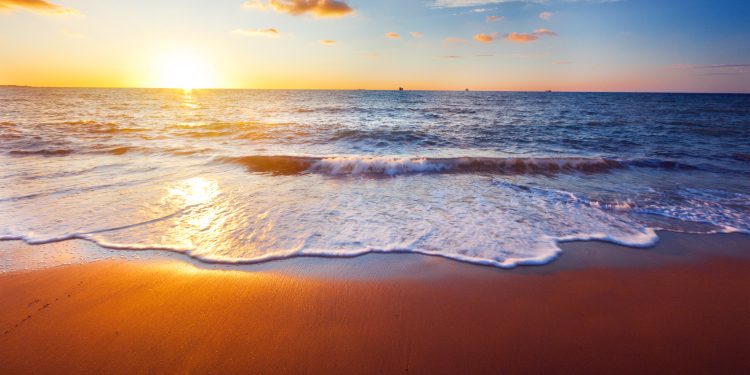
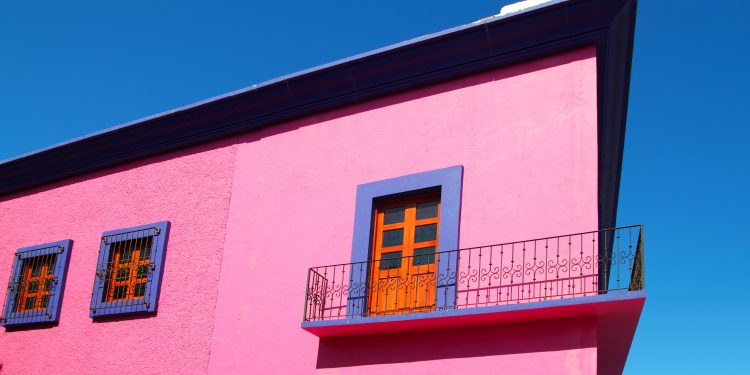
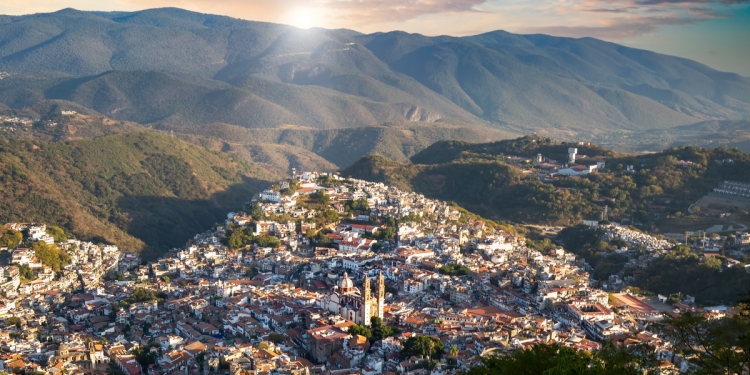

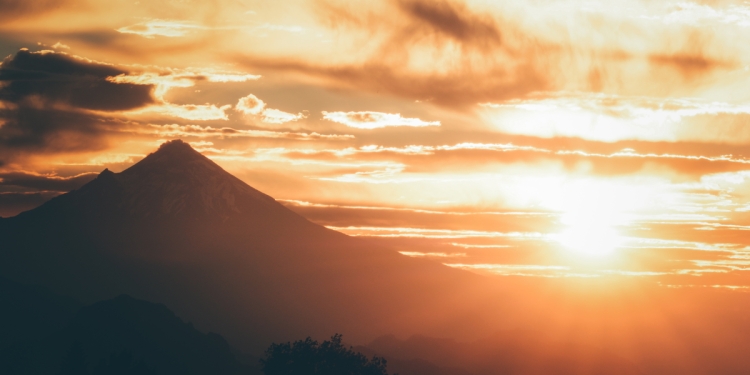




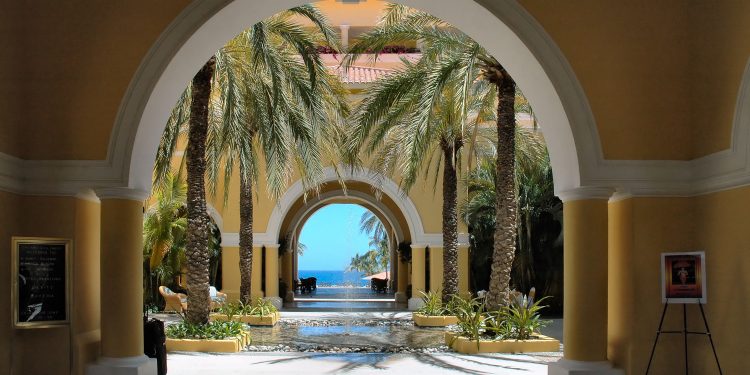
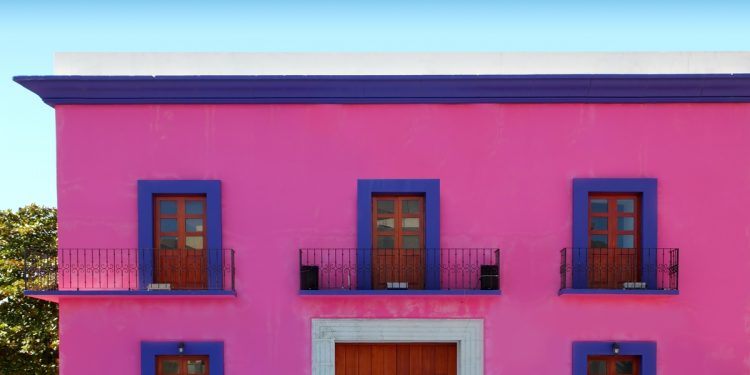
I’m from US, retired and looking to move to Mexico. I’m against moving to any of the known popular tourist areas. Wouldn’t you say that Puerto Vallarta is touristy and/or expensive? I’d like to get a decent rental w/AC, and with good working utilities and decent amount of space. I can’t afford to be too fussy, I’d like to stay under $1,100 USD for rent.
Hi John,
Puerto Vallarta is one of the more popular and therefore more expensive places to live along the coast.
If you’re thinking about the Pacific coast, consider Manzanillo and Mazatlán.
We recently published a feature about Manzanillo, and you can connect from this article to our realty associate there who will be pleased to help you with a discovery visit if you’re interested:
https://www.mexperience.com/discover-manzanillo-for-oceanside-living-in-mexico/
I found the weather in Ajijic to be delightfully temperate but uncomfortably dry. I wonder if it’s possible to find a town in Mexico with a climate between the two extremes mentioned in the article?
Hi Laraine, it’s true that the air can become very dry at elevation; it’s mitigated in the rain season, but that is a trade-off between the humid coasts and the temperate highlands. Taking fewer showers (or not using soap everytime) to avoid washing away your body’s natural oils, and use of a high quality moisturizing cream might help.
If you choose a coastal location that is further north, north of the Tropic of Cancer, then it might be less humid (depending on the exact location). Mazatlán for example, might feel less humid than say Acapulco in the summer. You might like to visit Mazatlán one summer and see how you find the climate there.
Between November and March, the climate at most coastal locations along the Pacific is very pleasant, which is why so many ‘snow birds’ (part time residents in the winter) choose to go there.
We have retired to BCS (Baja California Sur) and enjoy living in Mulege most of the year. However, during the summertime, we move to Punta Abreojos on the Pacific Coast where the weather is cooler (80’s sometimes 90’s) and we get nice afternoon breezes off the ocean. Mulege is wonderful from October to May, but then becomes very hot and humid with temps right now at 104 degrees and humidity in the 70’s or above. Also, the danger of hurricanes each year prompts residents from the US and Canada who live along the river to store all of their household belongings before moving to the coast or back to the US for the summer. A real hassle but worth it because Mulege is a delight the rest of the year. It is a great relaxing life however, with nice, friendly people and super seafood and drink. We love it here.
Great information. We have retired to Puerto Vallarta and love it but there are a couple of months when if you don’t have air conditioning, you spend the afternoons in Sams Club or Walmart just to stay cool. It can be so hot that it is not confortable to sleep at night. It is worth it, You bet it is. Wonderful people, wonderful food, and an easy way of life.